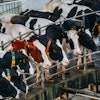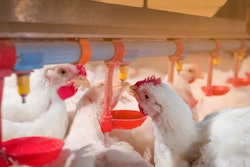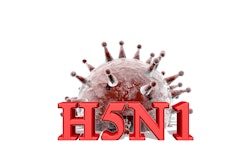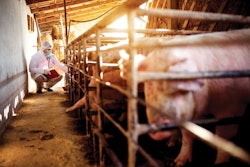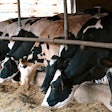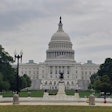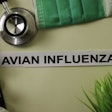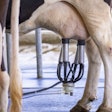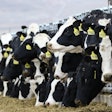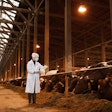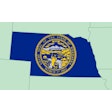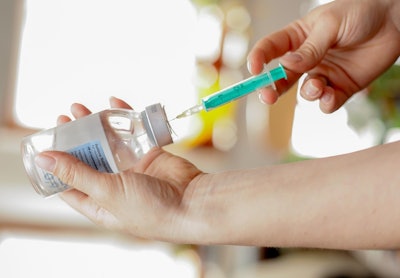
California State Veterinarian Annette Jones said that one of the most effective ways to control H5N1 highly pathogenic avian influenza (HPAI) outbreaks, regardless of the species involved, is to vaccinate dairy cattle for the virus.
Jones was one of four witnesses – who are all veterinarians – to testify before the U.S. House of Representatives’ Subcommittee on Livestock, Dairy and Poultry on July 15. The hearing was focused on the role of the National Animal Health Laboratory Network (NAHLN), and combatting animal diseases such as the H5N1 virus dominated the discussion.
California, which had already been dealing with H5N1 infections in poultry flocks for several years, was tasked even further when the virus began infecting dairy herds.
“Last winter, we were challenged in California with over 770 H5N1-infected dairies and 68 poultry outbreak control zones. Normally, our California lab tests about 450 samples per month for influenza. At the peak of this recent outbreak, the sample load was 12,000 samples per month, which is more than 25 times our normal workload,” Jones said.
When a poultry operation is hit by HPAI, part of the protocol is to depopulate the affected flock. However, that isn’t the case with dairy cattle.
“Currently, we do this the hard way, by euthanizing infected flocks and by allowing dairy immunity to develop after exposure. Dairy exposure means a huge percent of herd suffers through bloody and snotty noses, aborted pregnancies, no interest in food and water and udders that dry up. This is not a path that most herd managers ever want to travel, and poultry producers must now use biosecurity to fend their flocks, not only from other infected flocks and wild birds, but also from dairies that may be actively infected for months,” she said.
Jones added that of the 17 states that have had infected dairy cows, 12 experienced poultry outbreaks directly from those dairy cases.
“I believe we need dairy vaccine in the toolbox yesterday, especially for regions currently free from disease. If I were a poultry producer, a beef producer, a swine producer or a dairy producer, I would be banging my fist on the table to vaccinate dairy cattle way ahead of poultry,” said Jones.
Jones began to address some challenges related to trade that could result from vaccinating dairy herds, but her allotted time to speak had expired.
However, she and other witnesses, when asked by subcommittee member Jim Baird, R-Indiana, did say that is a legitimate concern.
“We do have to look at trade, but we have to weigh that against being able to stop this virus in dairy cattle,” said Terry Hensley, assistant agency director, Texas A&M Veterinary Medical Diagnostic Laboratory.
The hearing can be viewed on YouTube.

